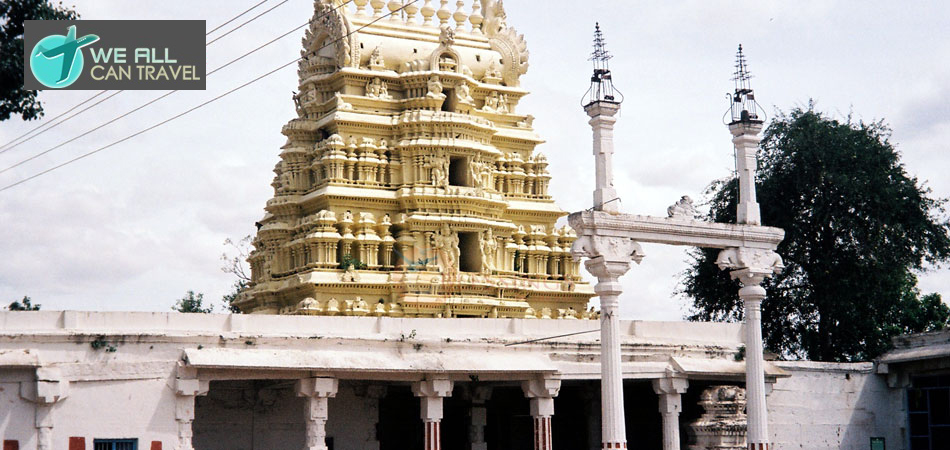Legend Of Rajarajeswara Temple
While the Sage Parasuraman who is the incarnation of Vishnu visited the shrine it was in bad shape. The pained Sage researched on the cause. At this stage Sage Narada appeared and explained the core reason for the pathetic condition of the temple. Sage Sankara and his company were churning the disk of the Sun so as to minimize the impact of heat. The dust formed from grinding was mixed with Amrith, the divine nectar for immortality. From the mix they shaped up three shining Shivalingams (Jyothirlingams) and presented them to Lord Brahma. After a long while, Brahma entrusted the same to Parvathi, the wife of Shiva. Parvathi, in turn, gave them to three Kings, one for each. Out of the three kings, Maandatha was of Thretha Yugam, while the other two Muchukundan and Shathasoman were of Dwapara Yugam. Thretha Yugam and Dwapara Yugam are of two different ancient periods according to Hindu mythology.
The idols were given by Parvathi on a specific condition that they should not be installed at places where no death of any lived object has taken place nor the body of any dead object has fallen. The long search landed Maandatha at a small obscure place where a Thalika (a metal dish-plate) can be accommodated. Maandatha put the Shivalingam in a plate and installed. The place thereafter came to be known as Thaliparambu. The idol, after some time, disappeared and the place became vacant. The place however became shining and divine. The King Muchkundan who was in search of a place befitting to the nomenclature prescribed by Parvathi landed at the spot, after failing to locate a place, where Maandatha had installed the Jyothirlingam and installed the Jyothirlingam in his custody at the spot. This too vanished after some time. But the place became doubly shining and doubly divine.
The third King Shathasoman who received the third Jyothirlingam from Parvathi also landed at the very spot where two installations were done in search of a suitable spot fitting to the module prescribed by Parvathi. He too selected the very spot as he could not locate any other place and installed the idol in his custody. This idol started sinking into the earth. The perturbed King immediately started praying to Sage Agasthya. Responding to the prayers, the Sage appeared and the King narrated the event. The Sage lighted a ghee-lamp and prostrated 12 times before the idol and half-way on the 13th prostration the idol stood firm on the ground. The sacred spot thus became three-fold divine and there-fold shining. The devotees started pouring in. Sage Narada narrated the event to Sage Parasurama who constructed a temple there.
Sage Agasthya appeared in the temple premises and made Abhishekam (ceremonial washing) on the idol. The Sage also lighted a ghee-lamp which flares non-stop all these years. The ghee required for the lamp gets as offering from the devotees. The sanctum sanctorum is two-tiered and shaped rectangular. It has four doors, one at each side. Parvathi is seated on the west side of the sanctum sanctorum. The door of Parvathi's shrine is kept closed always. Before visiting Rajarajeswara temple a devotee is required to visit and worship Lord Krishna in Vasudevapuram temple. This temple is located on the southern bank of the big temple pond of Rajarajeswara temple. This is a custom and tradition. Again, before worshipping Rajarajeswara a devotee is required to worship Sree Bhoothanatha (Kumbodharan) at his shrine.
Rajarajeswara and the deities of Trichambaram (Lord Krishna) and Kanhirangad (Sree Vaidyanatha) are inter-connected and administered by a single authority, Thaliparambu-Trichambaram-Kanhirangad Devasom.
 >> Agasteeshwara Temple
>> Agasteeshwara Temple >> Anantha Padmanabhaswami Temple
>> Anantha Padmanabhaswami Temple >> Ananthasana Temple
>> Ananthasana Temple >> Annapoorneshwari Temple
>> Annapoorneshwari Temple >> Arunachaleshwar Temple
>> Arunachaleshwar Temple